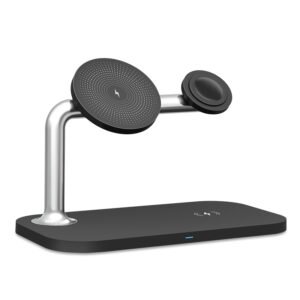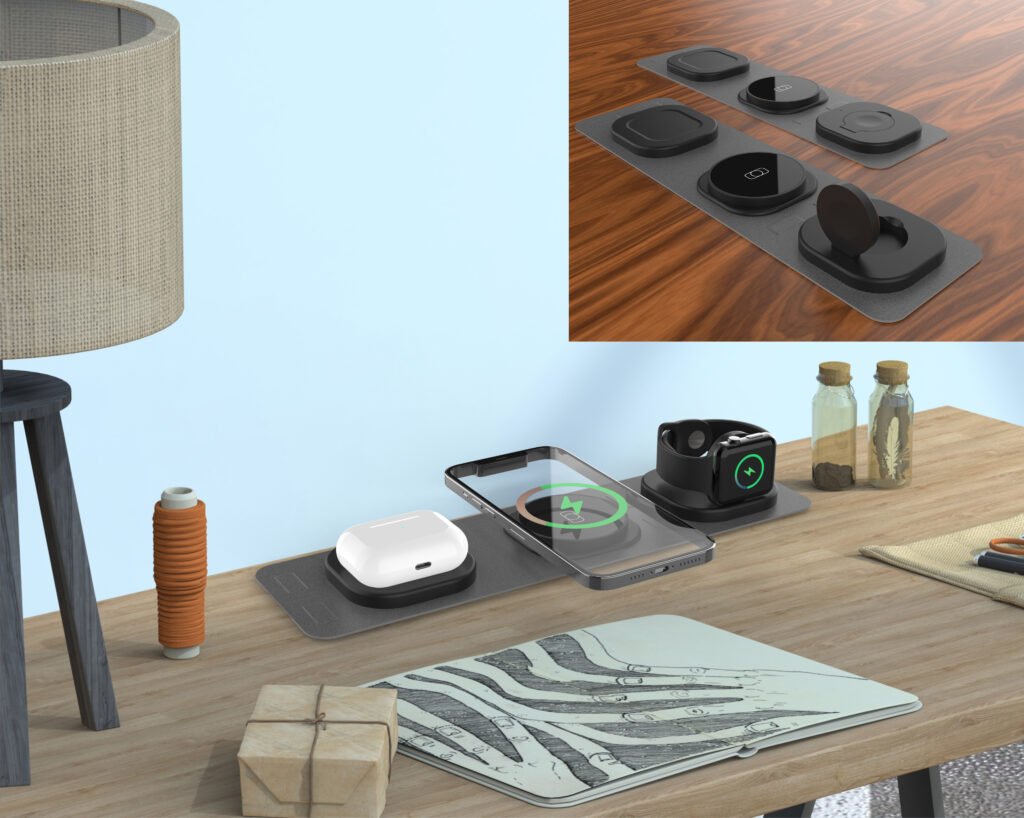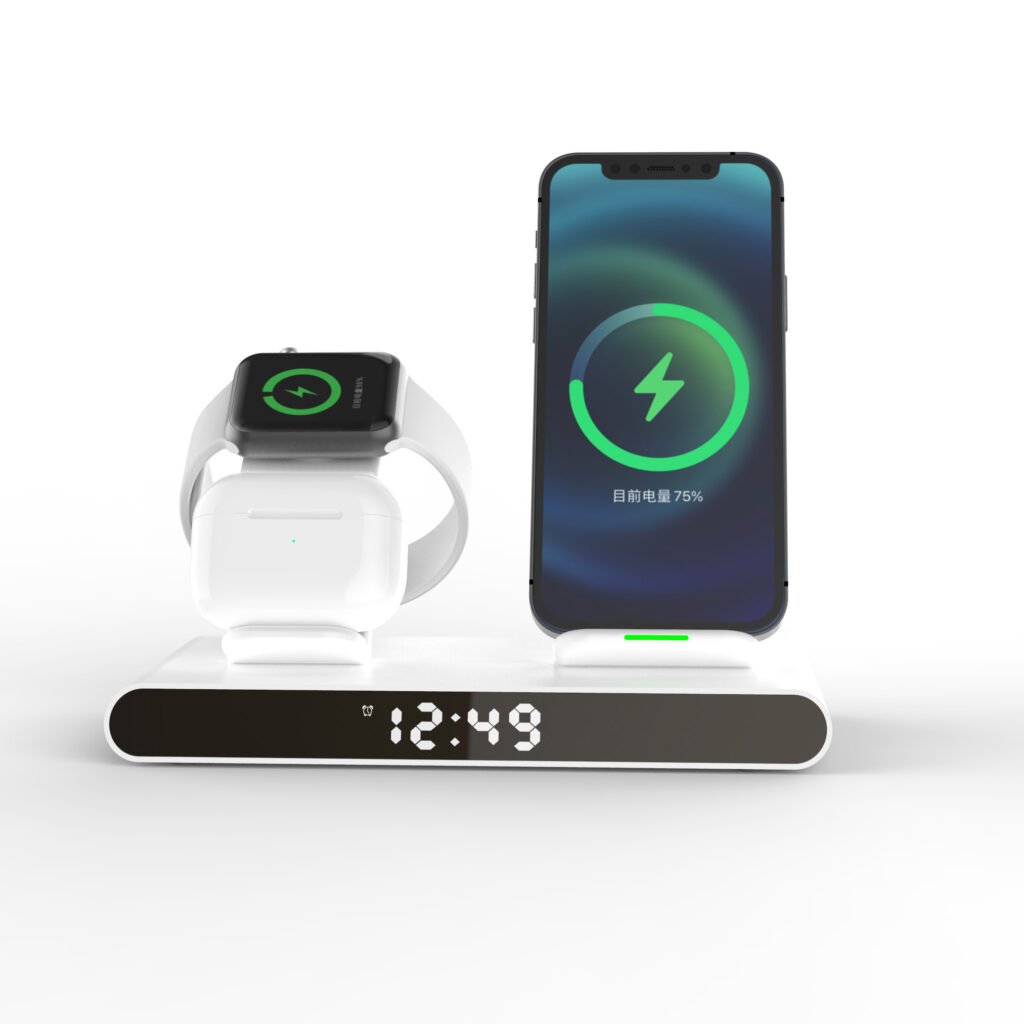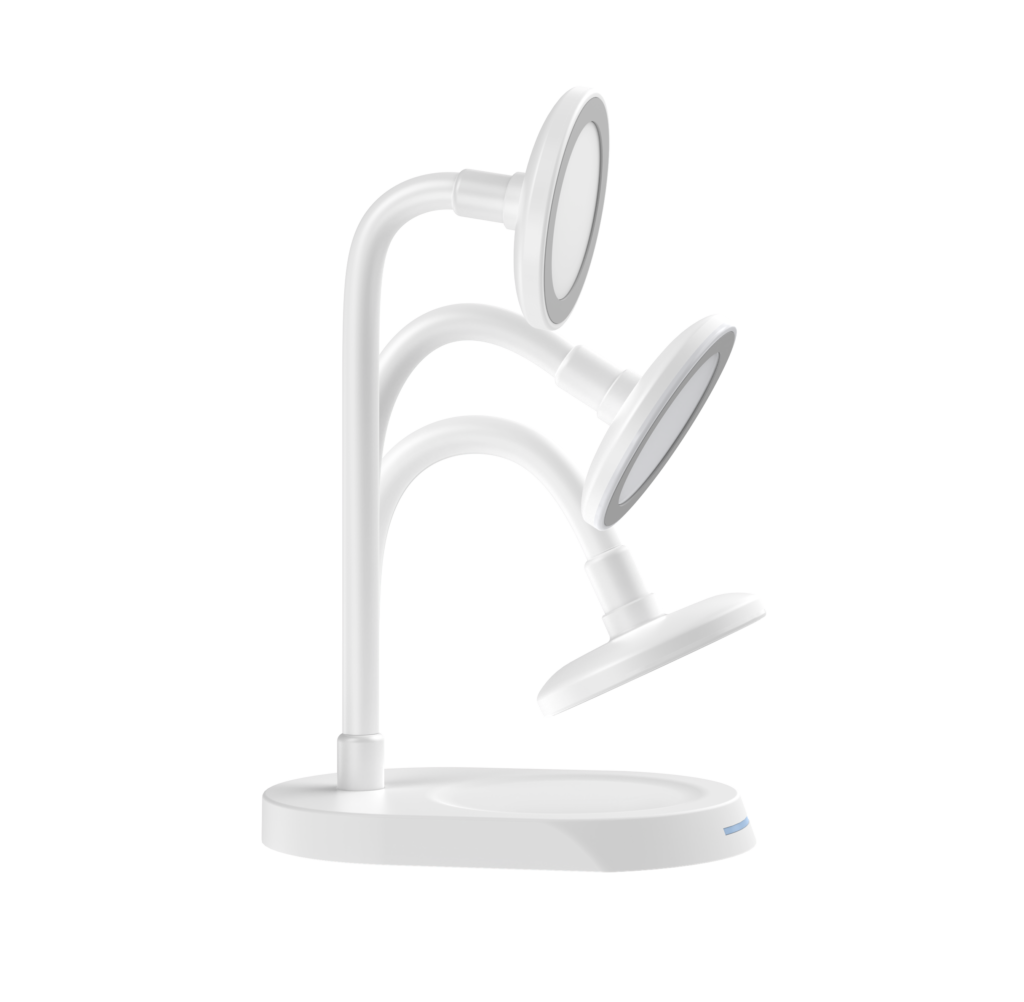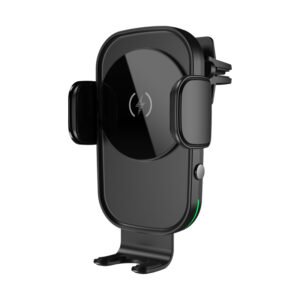I still remember that many years ago, the mobile phone was Nokia, and there were two batteries in the drawer. The mobile phone batteries were detachable. The most popular charging method was universal charging, which could be detached and charged. Then came the non-removable battery, which is popularly charged with the Micro USB interface. It is rumored that even the iPhone 15 will be charged with the USB C interface next year.
In the process of constantly changing the interface, the charging speed and charging method are also constantly changing, from the previous universal charging to the current fast charging, super fast charging, and now the hot wireless fast charging. It really verifies the saying that knowledge changes destiny and technology changes life.
Now there are more and more wireless fast charging. When choosing a wireless charger, I often encounter a professional name called “Qi certification”. For friends who want to choose a wireless charger, but they don’t know much about wireless chargers. Friends, you will be very entangled and don’t know how to choose. In fact, is Qi certification really important?
The significance of the wireless charger is that it bids farewell to the traditional wired mode and liberates the shackles of the mobile phone to the line. It is a kind of charging at any time, charging and discharging at any time, and at the same time makes our life more convenient.
However, there are also many complaints about wireless fast charging, and the charging speed is slow. For game users, it is even more intolerable that they cannot charge while playing games. In essence, wireless fast charging is a kind of high requirements on the quality of life, and has a certain longing for a slow life. Wireless charging brings a lot of convenience to life. The current wireless charging technology can make wireless fast charging up to 15W at the fastest, and it only takes two and a half hours to charge an Apple mobile phone at the fastest.
So what is Qi and what are the Qi standards?
Qi is currently the most mainstream wireless charging standard. On mainstream devices, including Bluetooth headsets, bracelets, mobile phones and other wearable devices, if it is mentioned that the wireless charging function is supported, it is basically equivalent to “supporting the Qi standard”. In other words, Qi certification is a guarantee of product safety and compatibility. However, it is worth mentioning that starting from Apple 12, the wireless charging for MagSafe also has a magnetic suction, which no longer uses the Qi standard, so the magnetic wireless charging is no longer applicable to Qi certification. The Magsafe charging supported by Apple mobile phones is also compatible with the Qi standard. When purchasing wireless charging for Apple mobile phones, Qi certification is no longer applicable, and Apple’s MFM certification can be considered.
How to choose a good wireless charger?
1. Output power: The output power reflects the theoretical charging power of the wireless charger. A few years ago, the entry-level wireless charging was 5w, but this kind of martial arts charging is slow. At present, the output power is more supported by 10w. It is a 15W fast charging protocol.
2. Compatibility: As long as it supports QI certification, it can basically support wireless charging, but now many brands have launched their own wireless fast charging protocols, so pay attention when choosing, if you are pursuing wireless fast charging , It is necessary to know whether it is compatible with the wireless fast charging protocol of your own mobile phone brand. At present, chip manufacturers are very mature, and almost all mobile phones that support wireless charging have suitable solutions.
3. Safety: Simply put, it is whether there will be danger, whether there will be a short circuit, or whether it will explode. Safety is one of the criteria to test whether a wireless charger is good or bad (it also needs to have the function of foreign object detection, some small metals will easily fall into the charger in life, and it is easy to generate high temperature.) CowinLink’s wireless charger has FOD Function, about the FOD function, you can find relevant content on this website to read, coupled with the implantation of temperature detection and control (NTC), the company’s wireless charging no longer needs to consider safety issues.
4. For many years, our company has done OEM for Walmart and Disney and supplied products to Amazon sellers in Shenzhen. It has been well received by the industry and is worth relying on.
Do wireless chargers affect battery life?
It will not affect the life of the battery. It is also charging. Compared with wired charging, it reduces the number of times the USB-C interface is used, reduces the wear and tear when plugging and unplugging the wire, and reduces the short circuit phenomenon of the product due to the wear and tear of the data cable…
What are the advantages and disadvantages of wireless charging over wired charging?
Compared with wired charging, the biggest advantage of wireless charging is to reduce the wear and tear when plugging and unplugging. At the same time, wireless charging currently supports the most output power of 5W, but the highest purpose of wired charging is 120w. At the same time, the hot nitrogen The gallium chloride charger can support 65w fast charging. In terms of charging speed, the wireless charging speed is not as fast as the wired charging speed. Users choose wireless charging mainly because of the convenience of wireless charging.





